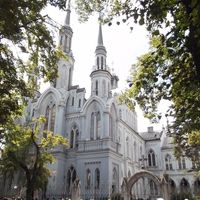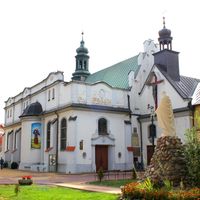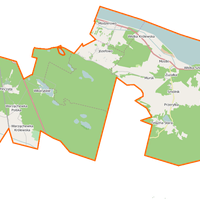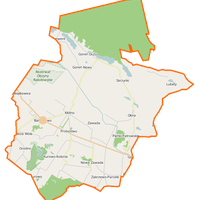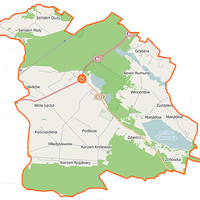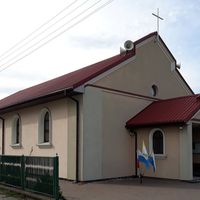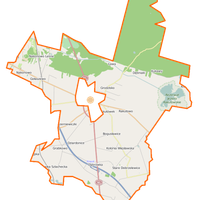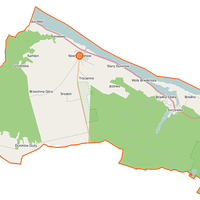Gostynin-Włocławek Landscape Park
6.78
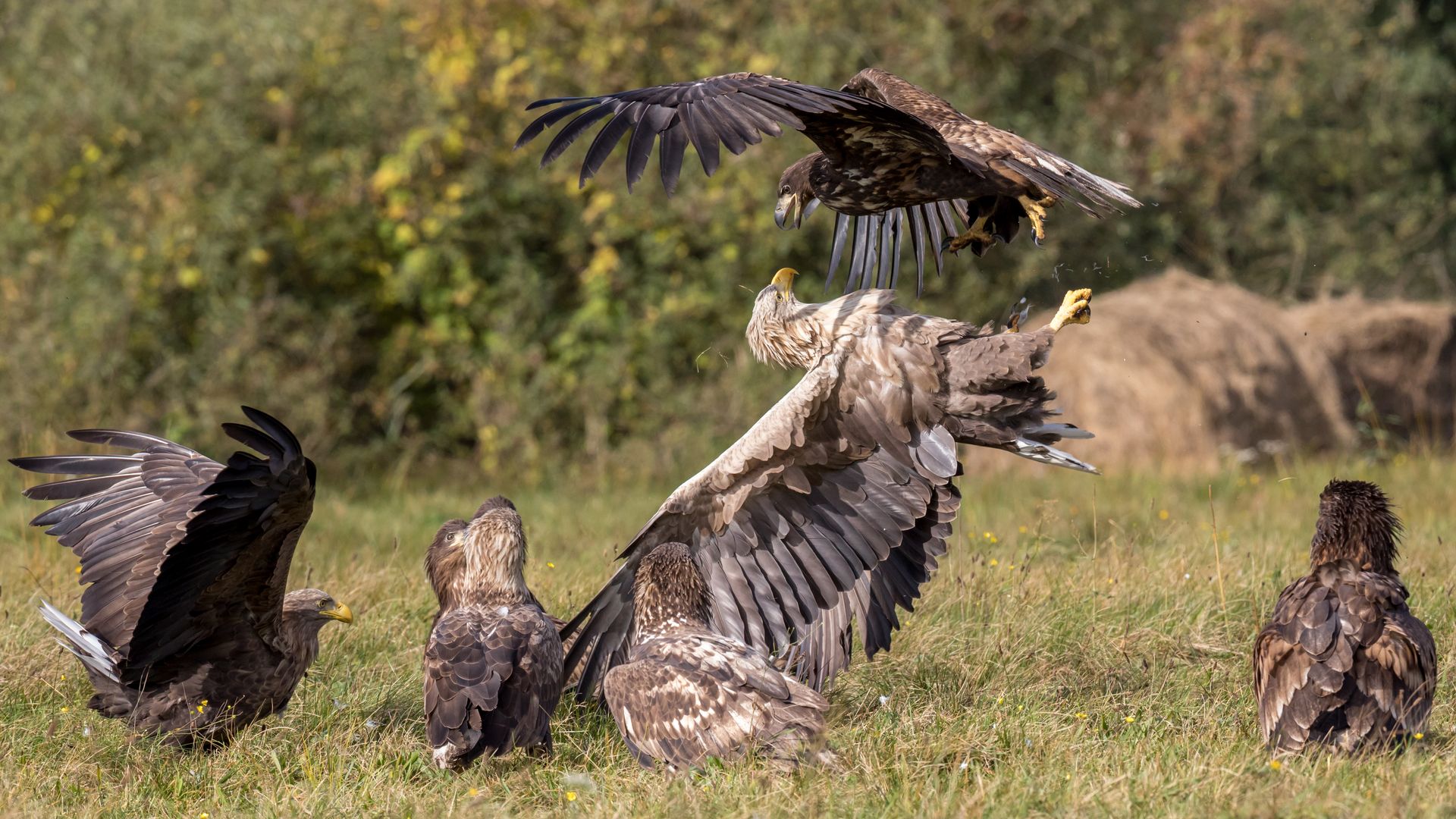
Overview
Gostynińsko-Włocławski Landscape Park (GWPK) is a picturesque area in Poland, stretching between Płock, Gostynin, Łąck, Włocławek, and Kowal. The park protects vast areas of the Vistula River's ancient valley, covering a surface area of 389.50 km², with an additional buffer zone of 141.95 km². GWPK is home to numerous forest complexes, including the Promotional Forest Complex "Gostynińsko-Włocławskie Forests." Within its territory, there are valuable natural features such as the Jan oak tree, which is approximately 300 years old, and numerous post-glacial lakes that create a unique landscape. Forest vegetation dominates GWPK, with a prevalence of pine and mixed forests, as well as riparian and alder forests in river valleys. In the 1980s, beavers were introduced to the park and have adapted well to the region, along with lynxes that migrated from the Kampinos Forest. The reintroduction of wolves is also planned. Włocławek was once home to the Center for Rehabilitation and Breeding of Protected Birds, which focused on breeding peregrine falcons, among other species. Currently, the center has been relocated to Dębniaki, where it is being modernized to support the breeding of white-tailed eagles, marsh harriers, and other birds. GWPK also boasts numerous nature reserves in the Kuyavian-Pomeranian Voivodeship (Gościąż, Rakutowskie Lake) and the Masovian Voivodeship (Jastrząbek, Kresy, Lucień). Additional reserves, such as "Olszyny Bobrowe" and "Bór Widłakowy," are planned, highlighting the park's importance as an area of high biodiversity value. GWPK is not only a valuable natural area but also a witness to the region's history and culture, making it an attractive destination for tourists, nature enthusiasts, and history lovers.
Location
2025 Wizytor | All Rights Reserved
